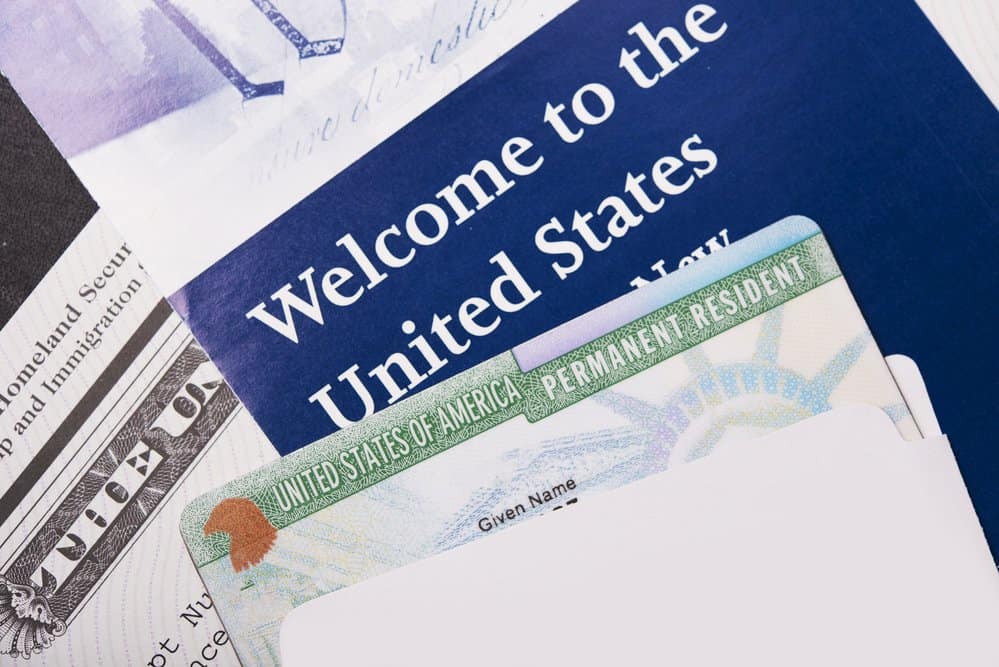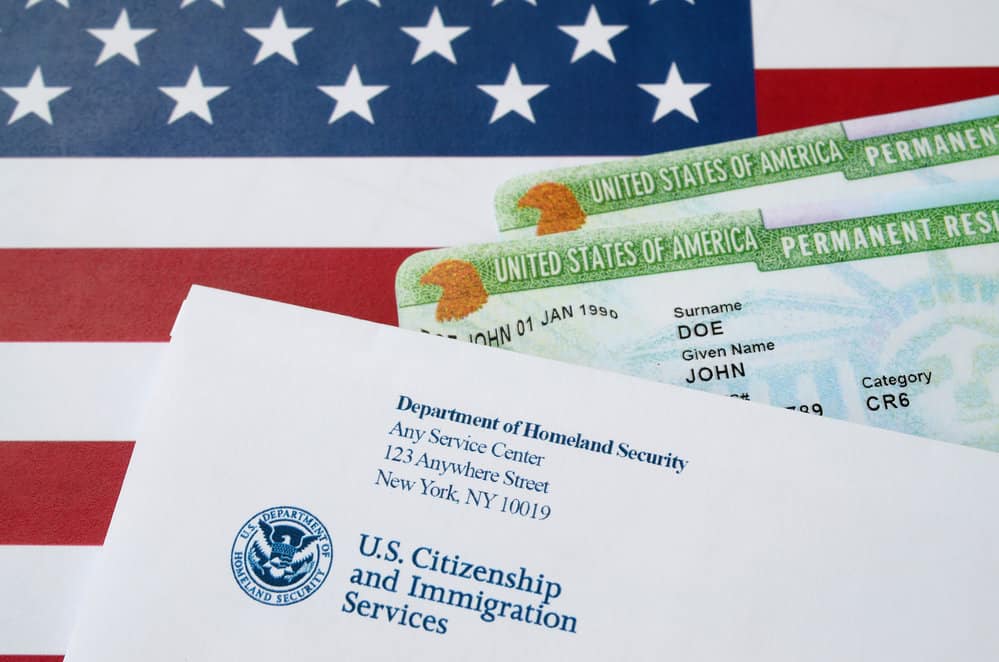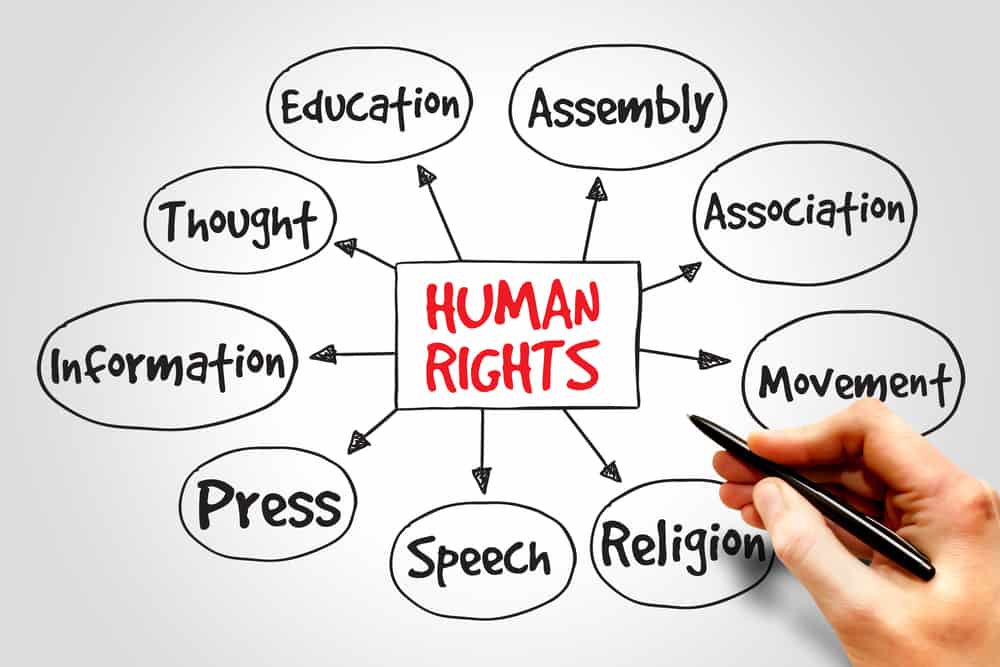Navigating the family immigration process can be incredibly confusing and stressful. Successfully obtaining a green card through family sponsorship involves filing numerous forms, providing extensive documentation, and clearing complex bureaucratic hurdles. Even small mistakes can lead to costly delays or denial of your application. That’s why it’s critical to understand the common pitfalls that trip up many applicants.
With the right information and support, you can avoid key errors and increase your chances of approval. This article lists the top mistakes to avoid when applying for a marriage or family-based green card. We’ll also share insider tips from experienced family immigration lawyers on creating an accurate, complete application setup for success. Whether tackling this solo or working with an attorney, you’ll finish this post better equipped to avoid hang-ups and get your green card approved stress-free.
Mistake 1: Not Reading Instructions Carefully
The forms required for a family-based green card application are dense with intricate instructions. Skimming through the directions quickly is tempting, but this can lead to major issues.
Failing to provide mandated documents, omitting necessary information, or overlooking critical steps in the process can all cause frustrating delays. At best, the immigration officer will issue a Request for Evidence (RFE) asking you to correct the mistakes. At worst, it may result in a denied application. To avoid this, read every instruction carefully – don’t just glance at the steps.
Look up terms you’re unsure about. Double and triple-check that you have included everything on the checklist before submitting your forms. Paying close attention as you complete each component can prevent careless errors and keep your case on track.
Mistake 2: Incomplete or Inaccurate Forms
Filling out forms incorrectly or leaving sections blank can also jeopardize your application. Officials will reject forms missing critical information, even if it was an accidental oversight. Double and triple-check that all fields are complete with correct details.
Verify all dates, names, addresses, and ID numbers match supporting documents exactly. Even small typos or numbers transposed on a form can raise red flags. It’s wise to have a second pair of eyes review your forms before submitting them to catch any inaccuracies. Having flawless forms shows immigration officers you take the process seriously and decreases the chances of denial.
Mistake 3: Missing Deadlines
The family green card process follows strict deadlines, with narrow windows to complete each step. Miss a single cutoff date and your entire petition may be canceled – forcing you to start the lengthy process again from scratch. To avoid this, understand the timeline thoroughly and be aware of all deadlines for submitting forms, attending biometrics appointments, responding to RFEs, and more.
Give yourself a buffer in case anything causes unexpected delays. Setting calendar reminders for each milestone date can help you stay on track. With diligent attention to deadlines throughout the lengthy application process, you can avoid the painful consequences of lateness and keep your case moving forward.
Mistake 4: Not Securing Sufficient Evidence
One of the main reasons family-based green card applications get denied is failure to provide adequate evidence. For marriage green cards especially, you’ll need to demonstrate your relationship is legitimate thoroughly. Simply submitting basic documentation usually isn’t enough to satisfy immigration officers. Work closely with your marriage green card attorney to collect as much credible evidence as possible.
This includes photos spanning your entire relationship, correspondence like cards and letters, financial documents showing joint assets and expenses, and affidavits from friends and family attesting to your marriage. Compiling a complete evidentiary record takes significant time and effort upfront, but it can make the difference between an approved green card and a denied petition. Don’t underestimate how much evidence you need.
Mistake 5: Unprepared for Interview
It’s common for family green card applicants to be summoned for an in-person interview with an immigration officer. This is your chance to bolster your case but is also a potential pitfall if you’re unprepared. Make sure to bring all forms, documents, and evidence with you to the interview. Study them thoroughly beforehand so you can confidently answer any questions.
Anticipate the types of questions you’ll likely be asked about your relationship, living situation, joint assets, and more. Practice responding clearly and honestly. Don’t just wing it – insufficient interview preparation is a rookie mistake that can cast doubt and jeopardize your approval. You can ace this pivotal step in the green card process with the right documents, evidence, and interview techniques.
Conclusion
The family-based green card application process is complex, with many potential pitfalls. Carelessness or oversight on required forms and documents can easily trigger mistakes and delays. Going through each step slowly and meticulously helps identify where errors can happen so you can avoid them proactively. If navigating the process seems too daunting, don’t hesitate to enlist professional help.
An experienced immigration attorney can guide you through the requirements for an IR5 parent visa, marriage green card, and other family petitions. With diligent attention to detail and expert assistance, if needed, you can steer clear of common mistakes and achieve approval as efficiently as possible. Follow instructions closely, meet deadlines, and submit a strong application for your best shot at green card success.




